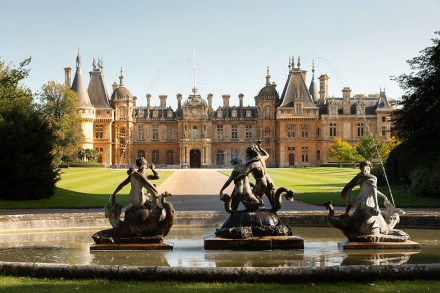Wondrous treasure troves: the Jewish country houses of Europe
The words ‘country houses’ immediately make one think of England, yet only five of the 15 featured in this hefty, impressively illustrated book are in Britain. It is a compilation of essays: part histories of various Jewish families, part architectural descriptions and part stories of the chateaux, mansions, villas and, of course, country houses all over Europe, owned and sometimes built by these families. Each chapter is by a different author. The swimming pool was surrounded by such a profusion of lilies that the scent at night was overpowering These homes had different functions. Some, like that of the German-born painter Max Liebermann, were built as traditional country retreats –




